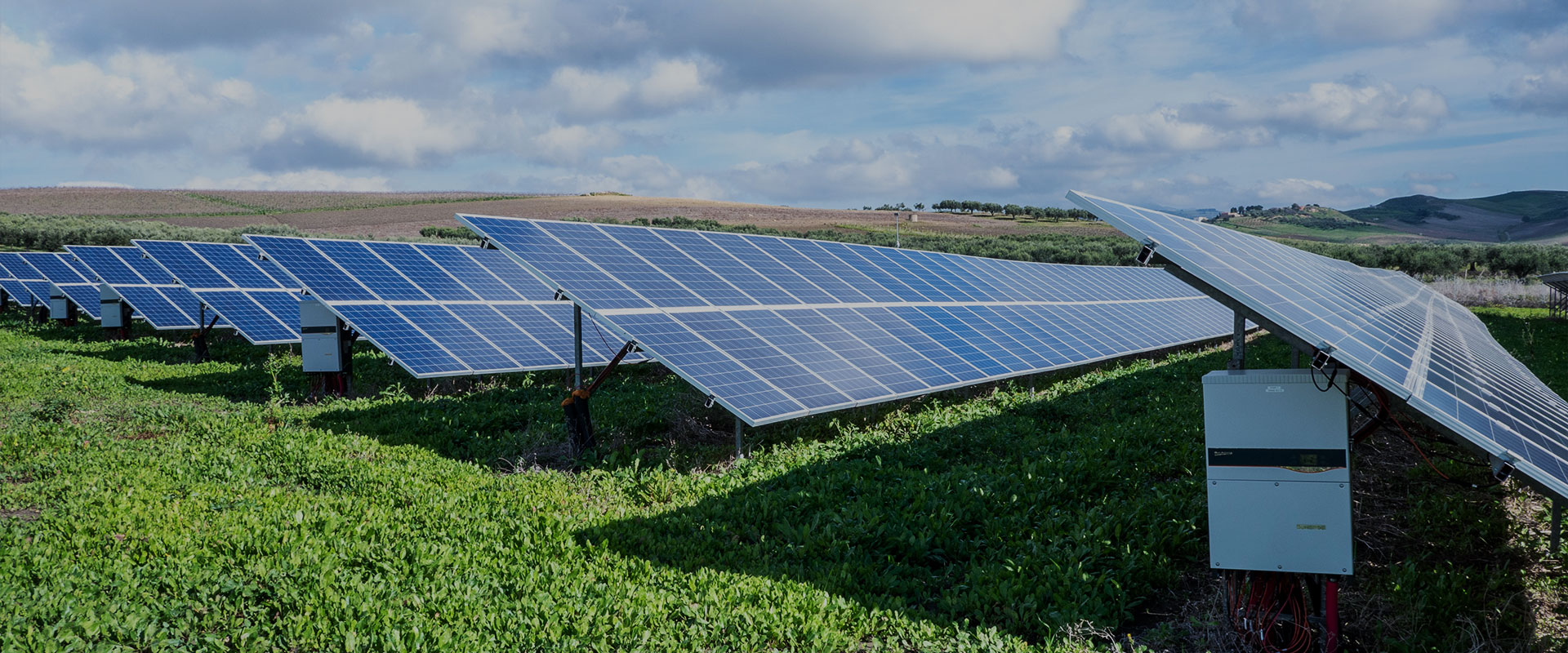Distributed Photovoltaic
Distributed Photovoltaics
Industrial applications
Industrial parks, especially factories with high electricity consumption and high purchasing costs, are most suitable for developing distributed photovoltaics. Usually, the roof area of the factory building in this type of factory is large,
And the roof is open and flat, suitable for installing photovoltaic arrays; Due to the high electricity load, distributed photovoltaic power generation can achieve on-site consumption,
This discount for purchasing electricity can offset a portion of online electricity purchases, thereby saving users some electricity costs.
Commercial Applications
The difference in application effects between commercial and industrial areas lies in the fact that most commercial buildings have cement roofs, which are more conducive to the installation of photovoltaic arrays. However, commercial applications often have requirements for building aesthetics,
Installation needs to be carried out according to the characteristics of service industries such as commercial buildings, office buildings, hotels, and conference centers. The load capacity of commercial users is generally higher during the day
At night, it is lower, which can also better match the characteristics of photovoltaic power generation.
Residential Applications
Residential areas have a large number of available roofs and spacious courtyards, and they are often located at the end of the public power grid, resulting in poor power quality,
Building a distributed photovoltaic system in residential areas can improve the electricity security rate and power quality.
Agriculture and solar energy complement each other
Photovoltaic agricultural technology greenhouses are a new model for distributed photovoltaic applications in agriculture. Photovoltaic agricultural greenhouses utilize the roof of agricultural greenhouses without occupying the ground,
Installing a photovoltaic system above crops that are suitable for crop growth and meet the electricity demand of agricultural greenhouses;
In addition, selling the remaining electricity through grid connection can also increase revenue.


